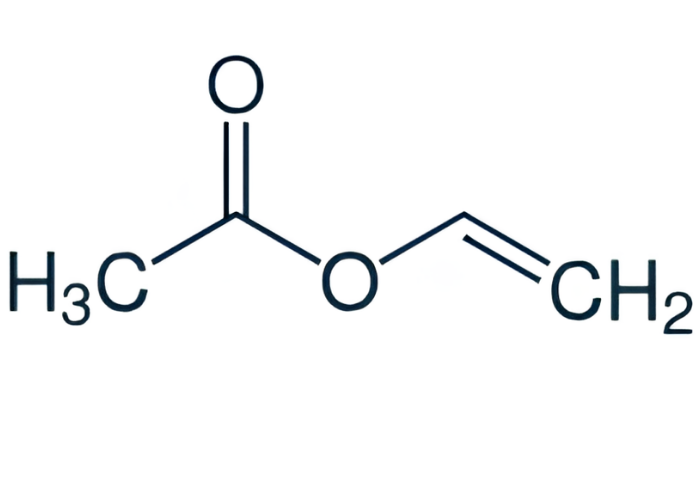
VAM'ın Keşfi ve Tutkalda Kullanımı
Vinil Asetat Monomeri (VAM), modern polimer kimya endüstrisinin temel bileşenlerinden biri olarak bilinir. İlk kez 1912 yılında, Alman kimyagerler tarafından vinil asetatın etilen ve asetik asitten sentezlenmesiyle elde edilmiştir. VAM, polimerizasyon yoluyla vinil asetat polimerlerini ve kopolimerlerini oluşturarak geniş bir kullanım alanı sunmuştur.
1930'larda, VAM'ın polimerizasyonu sonucu elde edilen polivinil asetat (PVAc), özellikle tutkal ve yapıştırıcı üretiminde kullanılmaya başlanmıştır. PVAc tutkalları, ahşap işçiliği, kağıt yapıştırma ve tekstil uygulamaları gibi alanlarda devrim yaratmıştır. Bu tutkallar, hem su bazlı olması hem de düşük maliyeti ile doğal tutkallara göre üstün bir alternatif sunmuştur.
1950'lerde VAM'ın etilenle kopolimerizasyonu daha güçlü ve dayanıklı yapışma özellikleri sağladı. Bu yöntemle üretilen vinil asetat-etilen (VAE) kopolimer emülsiyonları, suya dayanıklılıkları ve esneklikleri nedeniyle endüstriyel yapıştırıcılar arasında popüler hale geldi.
Bugün, VAM bazlı tutkallar hem çevre dostu hem de dayanıklıdır ve geniş bir endüstriyel ve ticari kullanım yelpazesi sunar. VAM'ın keşfi ve yapıştırıcı olarak kullanımı, polimer kimya endüstrisinde önemli bir dönüm noktası olarak görülmektedir.
10 Şubat 2023




